Finding the right robot motor
Without actuation, robots are just immobile piles of metal, or plastic, or whatever it is that you build them from. Motors breathe in life into the mechanisms: some drive them around, others rotate their joints or enable end effectors, e.g., to lift objects. Therefore, choosing the right robot motor is of primary importance to their success, whether as functional machines or commercial products.
Actuators in robotics
Market offers of robot motors can easily have your head spinning—so many different designs and working principles. However, most employ one of the three actuation types:
- Pneumatic
- Hydraulic
- Electric
.png)
Pneumatic actuation utilizes power of compressed air. These engines are inherently reliable due to few moving parts, cheap, and quick to respond, but are inferior in precision of speed and position control. In the robotics industry, the mechanisms are mostly used in on-off or pick-and-place applications.
Hydraulic drives are of interest to you if your robot is large or is supposed to handle large payloads. Their operation is based on transforming the energy from a fluid into mechanical work by pumping. Though hydraulic mechanisms ensure accurate velocity and motion coordination and have adequate power-to-weight ratios, they are noisy and bulky. There are also risks associated with leakages or with the service fluid changing its properties at temperature variations.
Electric motors are electro-mechanical devices that produce motion by turning electrical energy into mechanical one. These actuators are the preferred option in robotics, which is due to several reasons:
- Electricity is a widely available supply source.
- These mechanisms are suitable for all robot sizes.
- They are compact and lightweight, but boast great power conversion ratio, excellent accuracy and repeatability.
- Pollution (e.g., from leaks) in the working environment is zero.
- Electric actuation systems are robust and easy to maintain.
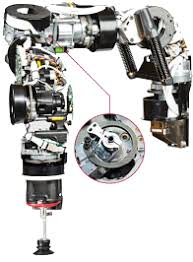
As for their limitations, electric motors are not intrinsically safe, which impairs their use in explosive atmospheres. In addition, they often require a complex command system to regulate movement.
Electric engines
If you dig deeper into electric actuators, things get still more complicated. They have their own subtypes, such as:
- Alternating current (AC) engines
- Direct current (DC) mechanisms
- Servos
- Steppers
Mind that the list is not exhaustive. Some sources add up a few more items to this classification.
AC drives are electric actuators supplied with alternating current, i.e., straight from a wall socket. They can be synchronous or asynchronous.
Rotation of synchronous AC mechanisms is synchronized with the AC line frequency. Predominantly, these devices are used in machinery that requires precise and constant velocity output. Asynchronous devices rely on electromagnetic induction: alternating current passing through the stator winding induces an electromagnetic field, thus forcing the rotor to shift.
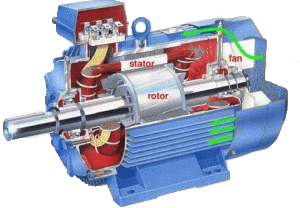
For a robot, motors of the synchronous and asynchronous variety are a rare choice because of their impressive dimensions. You can come across the devices in large-scale industrial applications that require large amounts of torque or direct connection to the mains.
DC engines are powered by direct current (e.g., from a battery). They are available in a variety of sizes and voltage ratings and can operate reliably over a wide velocity and load range. These motors boast fast response and simple control system that allows to smoothly accelerate, slow down, or reverse motion direction without complicated switching arrangements.
Though DC actuators provide high-speed output, their torque is usually low. To make a DC motor suitable for lifting heavy loads or driving a robot, you will need to add a gearbox to your system. Gears reduce rotation rates, while increasing torque.
To avoid customization and operational issues, the gearbox and the drive components should be designed specifically to work with each other. So, it is a good idea to buy a motor that already has an integrated gearhead.
One can also subdivide DC motors into brushed and brushless. Brushed DC engines have brushes and commutators that conduct current from a supply source to the armature at the device core. These actuators are cheap and readily available on the market. However, brushes are noisy and tend to wear with time, resulting in significant performance deterioration.

Brushless DC mechanisms have extended service life and demonstrate notable reliability. As compared to their brushed counterparts, they are more efficient, generate less electrical noise and are not prone to wear. However, brushless devices are more expensive than brushed ones and demand more intricate motion orchestration to replace mechanical commutation.
Servos feature a closed-loop control system with a controller and a feedback device, which enables inch-perfect programming of movements and instantaneous error adjustments.
For a robot, the motors provide a number of valuable benefits:
- Precise positioning—a servo arrives at commanded coordinates and holds the position till it receives another command
- Economic of space, but capable of generating considerable torque
- Energy-efficient, consume no power when idle
On the downside, these actuators are costly and require sophisticated control logic and fine tuning.
Rozum Robotics offers a range of servos under its RDrive series. We started developing them because we needed a reliable actuator for our own project in robotics—the PULSE arm.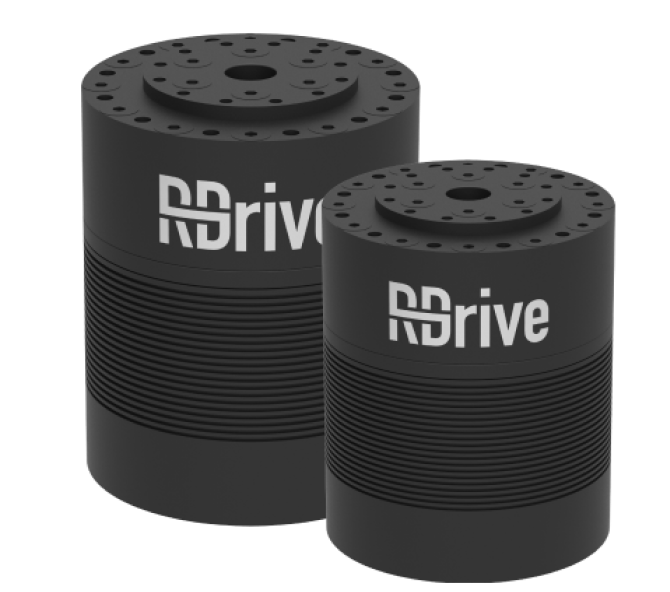 Each RDrive servo is all-in-one motion solution comprising a frameless AC drive of our own design, a controller, a strain-wave gearhead, and two absolute magnetic encoders. Our servo actuators are small-size, but have capabilities of top market offers. With angular precision of 0.01 degree and motion accuracy of 0.1 mm, an RDrive motor can make your robot a powerful tool for your purposes.
Each RDrive servo is all-in-one motion solution comprising a frameless AC drive of our own design, a controller, a strain-wave gearhead, and two absolute magnetic encoders. Our servo actuators are small-size, but have capabilities of top market offers. With angular precision of 0.01 degree and motion accuracy of 0.1 mm, an RDrive motor can make your robot a powerful tool for your purposes.
Steppers, as the name suggests, rotate in “steps,” where each step is a specific number of degrees. They allow for exact positioning and produce high holding torque, including at low velocities. As these actuators move in steps, closed-loop control is not needed. You can determine how far a motor has shifted by counting input step pulses.
Closer to the maximum velocity rating, its torque output is lower than that of a servo. Steppers can miss steps when overloaded and consume power even in the standby mode. After you de-energize the drive, you may be confused about its starting angle.
 Bio motors are an innovative actuator type of special interest in terms of perspectives. These devices are made from shape-memory alloys. To get the idea of how they work, imagine a piece of metal wire that shrinks as you apply voltage to it and elongates back to its initial state when you power it off. The resulting motion is silent and smooth.
Bio motors are an innovative actuator type of special interest in terms of perspectives. These devices are made from shape-memory alloys. To get the idea of how they work, imagine a piece of metal wire that shrinks as you apply voltage to it and elongates back to its initial state when you power it off. The resulting motion is silent and smooth.
Robot motor selection tips
Finding the ‘very one’ robot motor amidst the variety seems a challenging task. To approach the challenge, why don’t you start with the questions:
- What do you need in a robot?
Something like: the machine should be small, yet powerful. The fine adjustment capability is mandatory, but high speed is not critical.
For instance, you are targeting at SME enterprises as your future customers. Typically, they would have limited floor spaces and budgets and buy robots to do repetitive tasks where human beings are not efficient.
Now that you are done with the big idea behind your application, settle down for details—the essential characteristics of your robot motor. Focus should be on the following:
Selected drives should be able to produce enough torque to overcome forces affecting your mechanism during motion and to move the calculated payload.
A robot motor should be able to keep your machine moving at a rate that is adequate for its intended tasks, e.g., to lift an object from a conveyor.
Consider whether you can cause actuators to move exactly where you want them to.
A robot motor should be able to reach commanded positions time after time with unfailing precision.
You need to understand whether your motor includes wearable parts and to know its mean time between failures and/or guaranteed service life.
Think about how you will supply power to the robot (e.g., from an AC or DC source) and how much power it will consume.
As a rule, cheap prices mean poor quality. However, if an inexpensive (e. g., a hydraulic) motor is enough for your purposes, perhaps, you should not go for higher-priced steppers or servos.
Make sure your servo matches the robot or its particular components in size and design or consider customization.
Use the above recommendations to work out your own selection checklist for robot motors or contact us to discuss how our RDrive servos can help you to build the robot of your dreams.
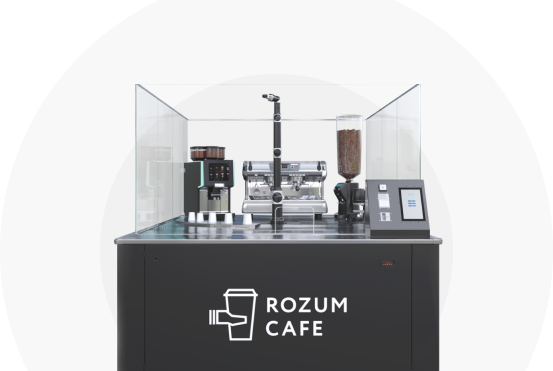
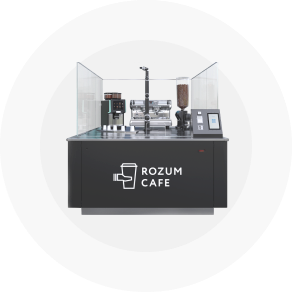
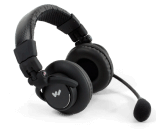
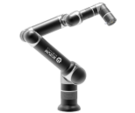
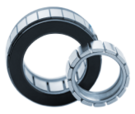
.png)



 Each
Each  Bio motors are an innovative actuator type of special interest in terms of perspectives. These devices are made from
Bio motors are an innovative actuator type of special interest in terms of perspectives. These devices are made from 








